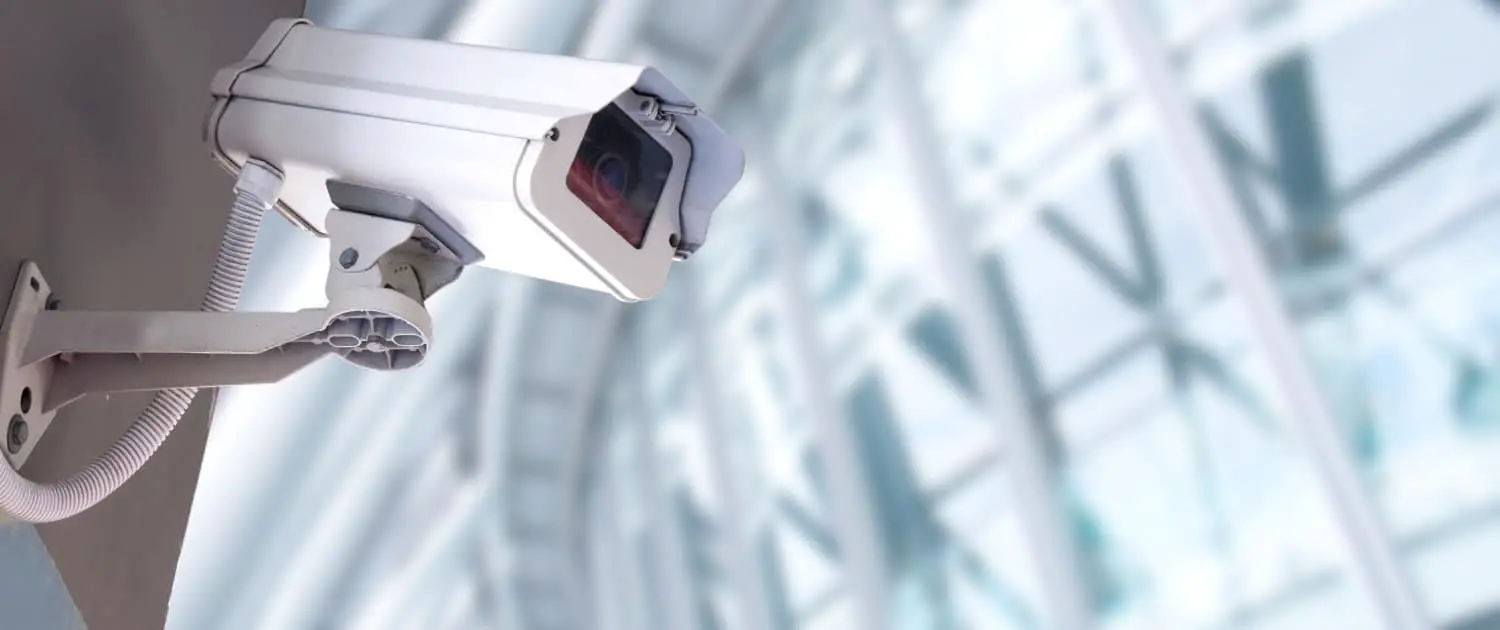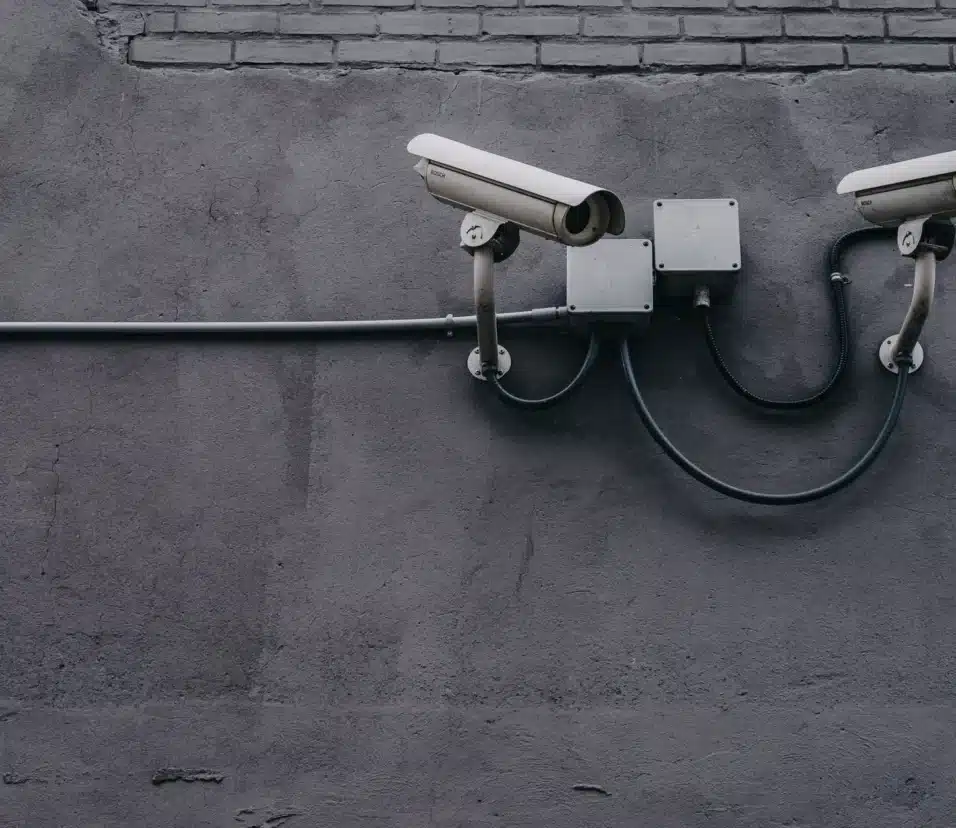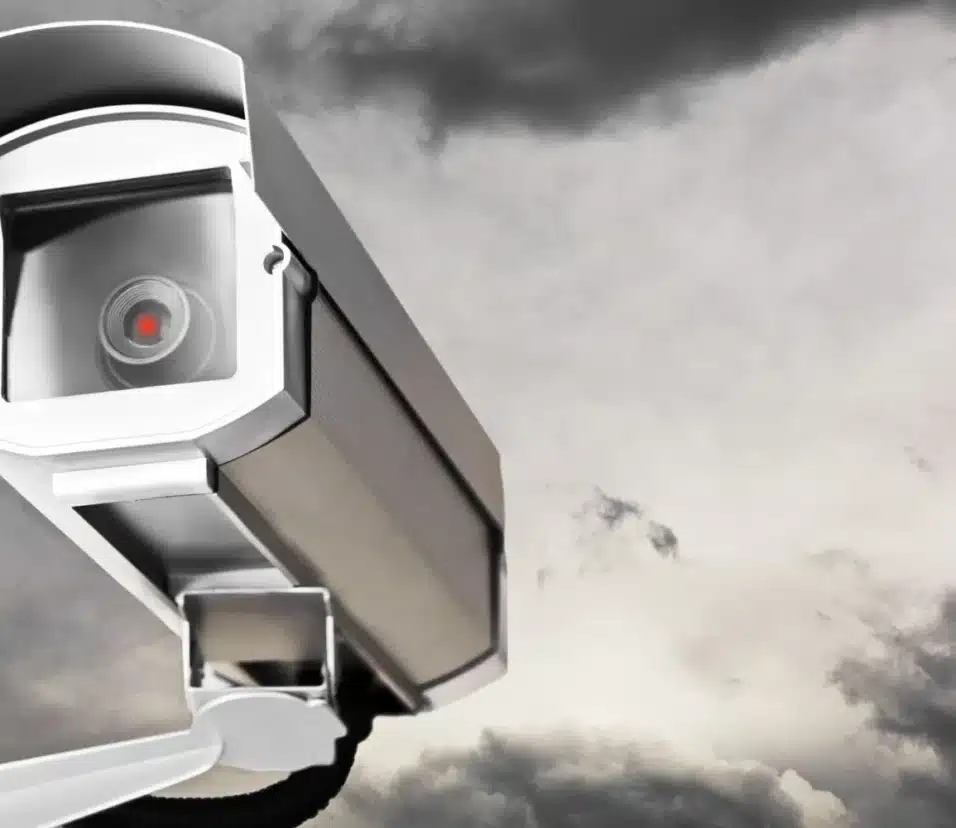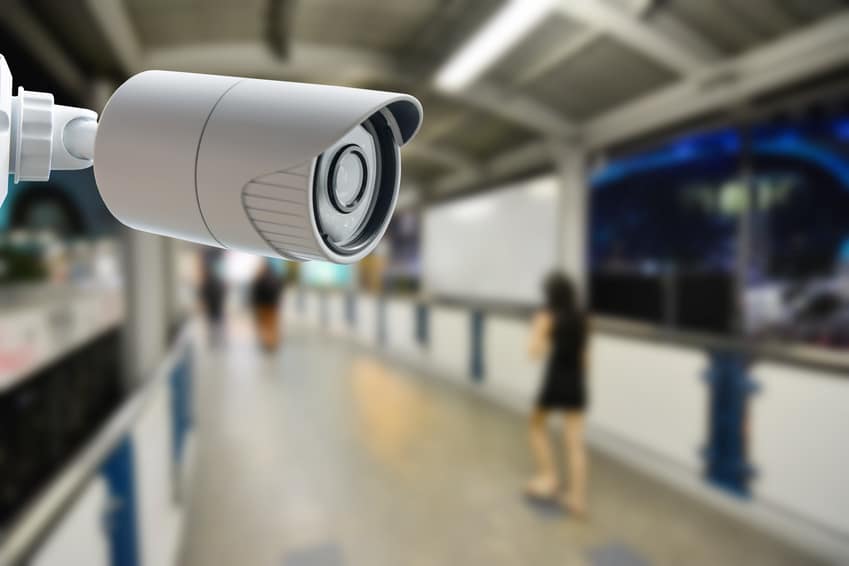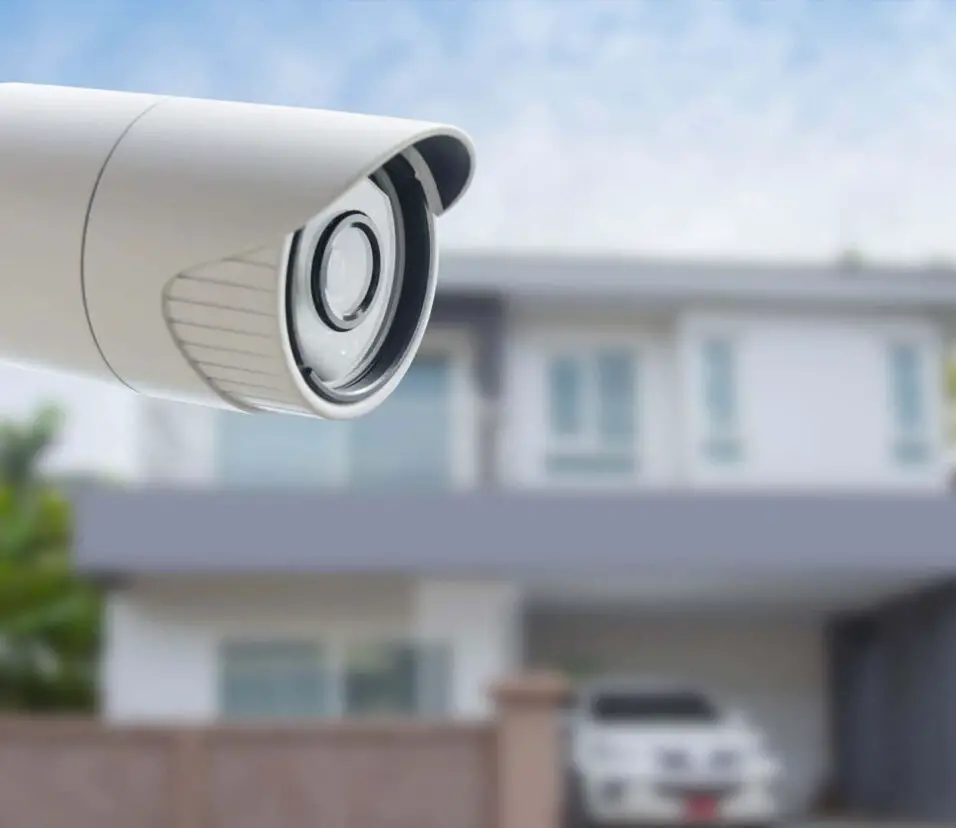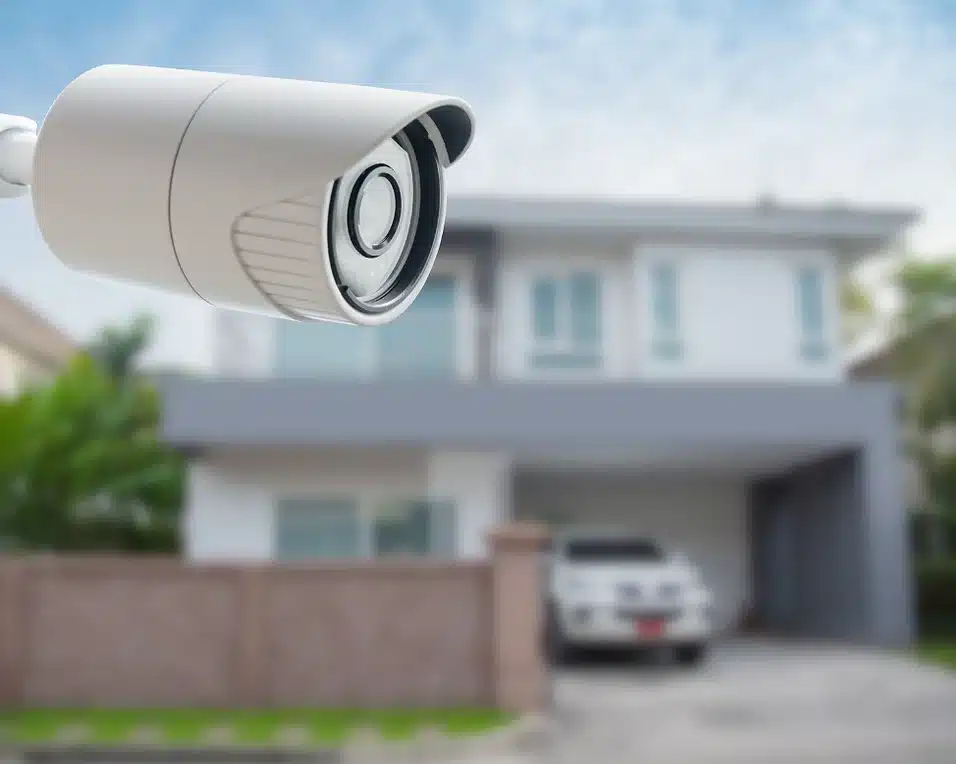How To Connect CCTV Camera To Ethernet
Introduction
How To Connect CCTV Camera To Ethernet: The realm of modern security systems, Closed-Circuit Television (CCTV) cameras have become an integral component for safeguarding homes, businesses, and public spaces. These cameras serve as vigilant sentinels, capturing and recording activities for surveillance and monitoring purposes. With the advancement of technology, the integration of CCTV cameras with Ethernet networks has emerged as a versatile and efficient method for transmitting and managing video feeds.
Connecting CCTV cameras to an Ethernet network offers numerous advantages, including enhanced data transfer speeds, improved video quality, remote access capabilities, and seamless integration with existing network infrastructure. This integration allows for real-time monitoring, recording, and even analysis of captured footage. Whether you’re a security professional, a business owner, or a homeowner aiming to bolster your property’s security, understanding the process of connecting CCTV cameras to Ethernet can prove to be invaluable.
We will delve into the fundamental steps required to establish a connection between your CCTV footage cameras and an Ethernet network. We’ll explore the necessary equipment, network configurations, and technical considerations that ensure a successful integration. By following these instructions, you can harness the power of Ethernet technology to elevate the effectiveness and convenience of your CCTV surveillance system, ultimately contributing to a safer and more secure environment.
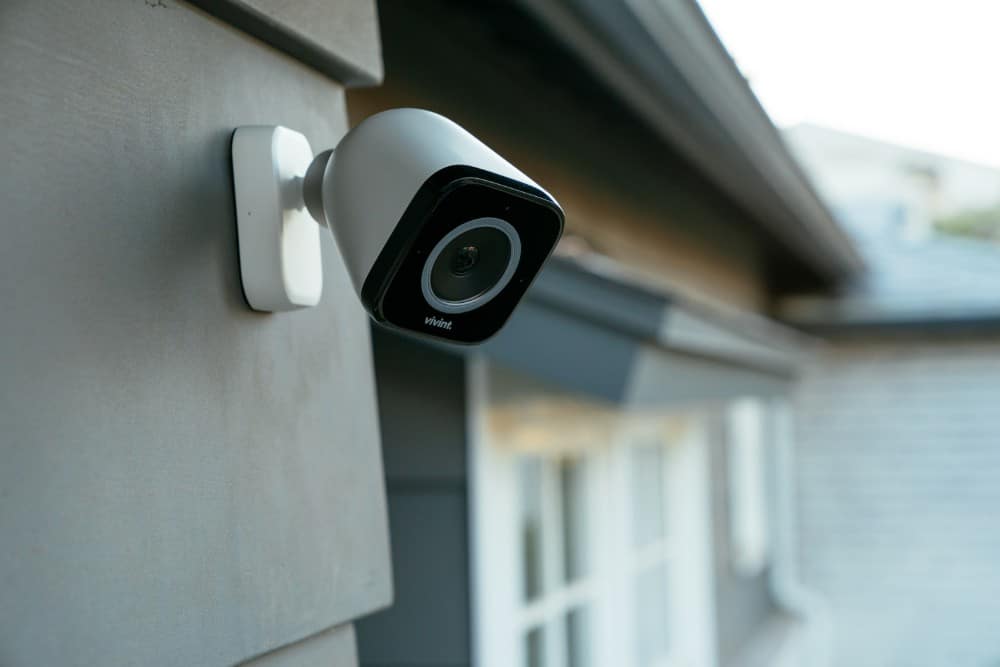
How do I connect my camera via Ethernet?
Plug an Ethernet cable (a.k.a. Cat 5 cable) into the Ethernet socket of the network camera, then plug the other end to the router (a.k.a. gateway or access point). If this network camera does not have Wi-Fi, this may be the only step needed for the network configuration.
Cameras typically come with a network port (Ethernet port) that you’ll use to establish the connection. Take the Ethernet cable and plug one end into the Ethernet port on your camera. Make sure the connection is secure.
Take the other end of the Ethernet cable and plug it into an available Ethernet port on your router or switch. Ensure that the port is active and functioning.
Depending on your camera model, you might need to access its settings to configure the network parameters. This often involves assigning a static IP address to your camera or configuring it to obtain an IP address automatically through DHCP.
Once the camera is connected and the network settings are configured, it’s time to test the connection. Check if the camera is receiving power, and verify if you can access the camera’s interface using its IP address from a web browser on a device connected to the same network.
Can I use Ethernet cable with CCTV?
Ethernet cable for analog CCTV and HD camera systems. Generally, you would not consider ethernet wires to be a viable analog camera cable type.
Camera Compatibility: Ensure that your CCTV cameras are PoE-enabled or can be adapted to use PoE technology. Cameras lacking PoE support may require additional equipment like PoE injectors or splitters.
Cable Length: Ethernet cables have a maximum effective length for data transmission. Standard Ethernet cables (Cat5e or Cat6) can transmit data reliably up to 100 meters (328 feet). Beyond this distance, signal degradation might occur, affecting the quality of the video feed.
Network Infrastructure: Your existing network infrastructure should have the capacity to handle the additional data load from the CCTV cameras. This includes sufficient bandwidth and network switches capable of handling PoE devices.
Installation: Properly mount the cameras in desired locations and route the Ethernet cables accordingly. Use weatherproof and durable cables for outdoor installations.
How to connect CCTV through LAN cable?
Yyou need to prepare the camera’s power adapter and a network cable.
- Get your security camera charged.
- Use the network cable to connect to the camera and the computer.
- Scan and find out the security camera’s IP address on the computer.
- Change the computer’s IP address to the same network prefix of the IP camera.
CCTV Cameras: Make sure your cameras are compatible with Ethernet connections and support Power over Ethernet (PoE) if you intend to provide power through the LAN cable.
LAN Cable: Choose a suitable Ethernet cable, such as Cat5e or Cat6, based on the required cable length. Cat6 cables are preferable for higher data rates and longer distances.
PoE Injector or PoE Switch: If your cameras don’t support PoE, you’ll need a PoE injector or a PoE switch to provide both power and data through the LAN cable.
Router or Network Switch: You’ll need a network device, such as a router or network switch, to connect the cameras to the LAN.
Power Supplies (if needed): Cameras without PoE support will require separate power supplies.
What is Ethernet in CCTV camera?
If your IP security cameras use power-over-ethernet, that means that they work with just one cable that provides both power and a network connection. This type of connection is an excellent choice for enterprise organizations that have multiple security cameras.
Ethernet is a standardized technology for wired device connections in a local network or online. Computers, routers, switches, and even CCTV cameras use Ethernet connections like Cat5e or Cat6 to transmit data quickly. The incorporation of Ethernet technology in CCTV cameras involves using these cables to connect cameras to a network infrastructure.
High-Quality Video Transmission: Ethernet cables offer high bandwidth, enabling the transmission of high-definition video feeds without compromising on image quality. This is particularly important in surveillance scenarios where clear visuals are crucial.
Power over Ethernet (PoE) Capability: One of the most significant advantages of Ethernet integration in CCTV cameras is the PoE capability. This simplifies installation, reduces clutter, and offers flexibility in camera placement.
Remote Access and Control: Ethernet-connected CCTV cameras can be accessed remotely via a network connection. This enables real-time monitoring, adjustments to camera settings, and even video playback from virtually anywhere with an internet connection. Remote accessibility is a game-changer in terms of surveillance management and responsiveness.
Which LAN cable is best for CCTV camera?
There are two types of ethernet cables that are best for security cameras. For home security, Cat5e cable is the perfect option and for securing offices, the best ethernet cable is Cat6.
Cat5e Cable: Cat5e (Category 5e) cables are a popular choice for basic CCTV installations. They support data transmission speeds of up to 1 Gbps (Gigabit per second) and are suitable for transmitting standard-definition (SD) and some high-definition (HD) video feeds. Cat5e cables are cost-effective and readily available, making them a practical option for smaller setups.
Cat6 Cable: Cat6 (Category 6) cables offer higher performance compared to Cat5e. They can support data speeds of up to 10 Gbps over short distances, making them suitable for transmitting high-definition and even 4K video feeds. Cat6 cables are more resistant to interference and crosstalk, resulting in more reliable data transmission.
Cat6a Cable: Cat6a (Category 6a) cables are an enhanced version of Cat6 cables. They support data speeds of up to 10 Gbps over longer distances and provide even better resistance to interference.
Why do cameras need Ethernet?
Same as all other electronic devices, IP cameras need power. IP camera is known as network camera. So the network is required for communicating. Power over Ethernet allows power and network transmit over single Ethernet cable.
High-Quality Data Transmission: Ethernet cables offer high data transmission rates, ensuring that cameras can transmit high-definition video feeds without compromising quality. This is crucial in applications like surveillance, where clear visuals are essential.
Power over Ethernet (PoE) Support: PoE technology allows cameras to receive power along with data through the Ethernet cable. This simplifies installation, especially in areas with few power outlets, by eliminating the need for power connections.
Remote Accessibility and Control: Cameras with Ethernet connectivity can be accessed remotely via network connections. This enables real-time monitoring, adjustments to camera settings, and even video playback from virtually anywhere with an internet connection. Remote accessibility enhances surveillance management and responsiveness.
Reduced Interference: Ethernet cables are shielded, which helps minimize interference from electromagnetic sources, resulting in more reliable data transmission. This is particularly important in environments with electronic devices that might cause interference.
Does Ethernet use IP address?
Ethernet is a family of technologies that define how data packets are transmitted over a wired network. It operates at the data link layer (Layer 2) of the OSI model, which is responsible for creating a reliable link between two directly connected devices, such as computers, routers, or switches. Ethernet uses unique identifiers called MAC (Media Access Control) addresses to distinguish devices on the same network segment.
Ethernet frames contain source and destination MAC addresses, as well as other control and data information. However, Ethernet frames do not inherently carry information about routing or the structure of larger networks; this is where IP addresses come into play.
IP addresses work at the network layer (Layer 3) of the OSI model and provide logical addressing to help route data across interconnected networks. Addresses are hierarchical and structured, allowing them to indicate the device’s location within a network topology.
How do I check my Ethernet connection?
On your PC. Check the network status in Settings. Open Settings > Network & Internet > Status. Check your Ethernet connection status there.
Check Cables: A loose or damaged cable can cause connection problems.
LED Lights: Most Ethernet ports have LED lights. Check if the LED lights on both ends of the cable are blinking or lit. These lights indicate a working connection.
IP Configuration (Windows): On Windows, you can use the Command Prompt to check your IP configuration. Open the Command Prompt and type “ipconfig” and press Enter. Look for the Ethernet adapter’s information, including IPv4 Address and Default Gateway.
Network Preferences (Mac): On a Mac, go to “System Preferences” > “Network.” Select the Ethernet connection on the left, and you can see the connection status, IP address, and other details.
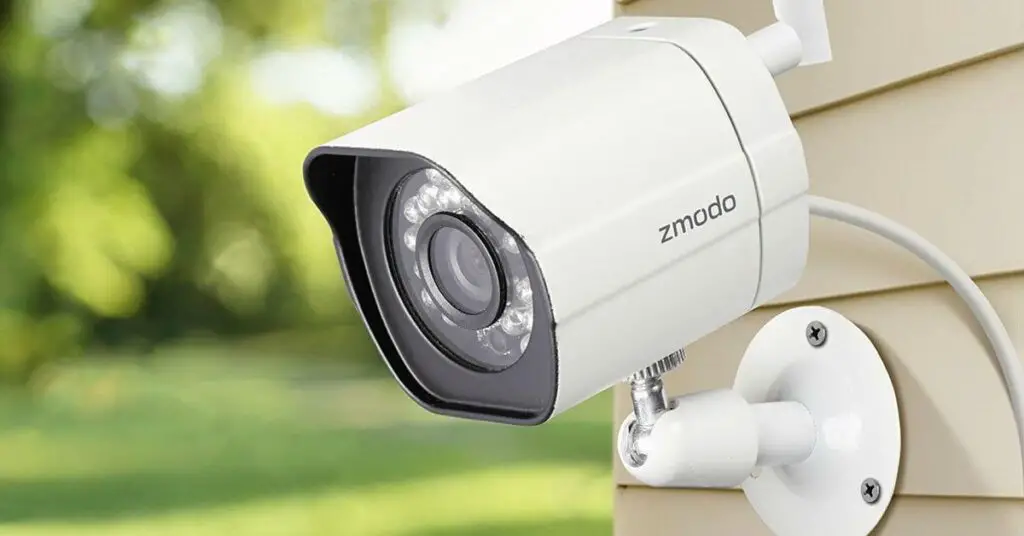
Conclusion
You can successfully integrate your CCTV cameras with an Ethernet network, unlocking a host of benefits. From increased data transfer speeds to remote access and efficient video management, this integration enhances the overall effectiveness of your security setup. Ethernet connectivity not only ensures smoother and more reliable video transmission but also paves the way for future scalability and integration with other networked devices.
Remember, a well-connected CCTV system requires careful consideration of factors such as network architecture, equipment compatibility, and security protocols. With the knowledge gained from this guide, you’re better equipped to navigate the intricacies of connecting CCTV footage ip camera to Ethernet networks, ultimately bolstering the security of your premises and gaining peace of mind.
Connecting CCTV cameras to an Ethernet network requires careful planning and execution. Ethernet-connected CCTV systems lead security technology change. This connection gives you more control, flexibility, and security insights for your home, company, or public locations. From increased data transfer speeds to remote access and efficient video management, this integration enhances the overall effectiveness of your security setup. Ethernet connectivity not only ensures smoother and more reliable video transmission but also paves the way for future scalability and integration with other networked devices.



